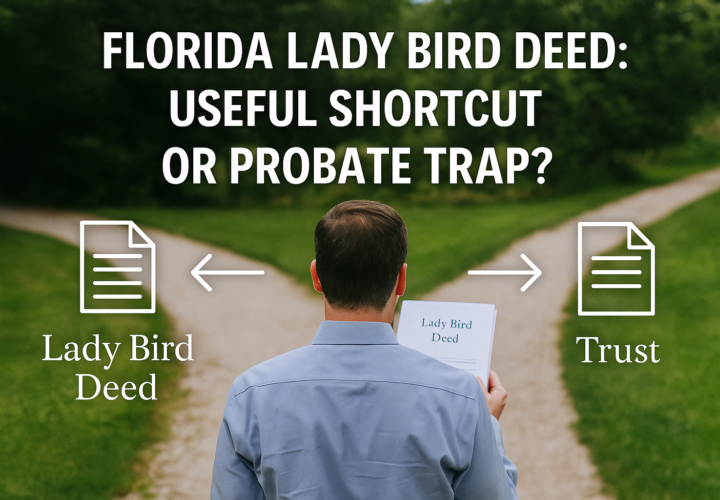What Happened?
When Pablo Picasso passed away in 1973, he left behind an estate estimated at $250 million, including artworks, real estate, and other assets. However, Picasso did not leave a will, and his complex estate became the subject of a lengthy legal battle among his six heirs. The lack of a clear plan for asset distribution led to disputes over how to divide Picasso’s works and a decade-long probate process. Ultimately, the heirs agreed to a distribution plan, but the lengthy litigation reduced the estate’s value due to legal costs and tax implications.
What Went Wrong?
- No Will: Picasso’s lack of a will led to family disputes over the division of his assets.
- Complex Assets: His estate included artworks, intellectual property rights, and real estate, making asset valuation and division difficult.
- Significant Tax Liabilities: The lengthy probate process increased estate taxes and administrative costs.
How It Could Have Been Prevented
- Creating a Will: A clear will could have outlined Picasso’s wishes, minimizing family conflicts.
- Using Trusts for High-Value Assets: Establishing trusts could have protected his assets from excessive taxation and allowed for controlled distribution.
- Valuation and Management Plans: A detailed plan for managing intellectual property rights would have streamlined the estate process and preserved more value.
Lessons for Your Estate Planning
Picasso’s case demonstrates the importance of having a will, especially for individuals with complex or high-value assets.
Citations
- The Guardian – “The Legacy of Picasso’s Estate Battle”
https://www.theguardian.com/picasso-estate-legal-battle - Forbes – “Lessons from the Picasso Estate Dispute”
https://www.forbes.com/picasso-estate-dispute - Investopedia – “Planning for High-Value Estates”
https://www.investopedia.com/articles/high-value-estates



